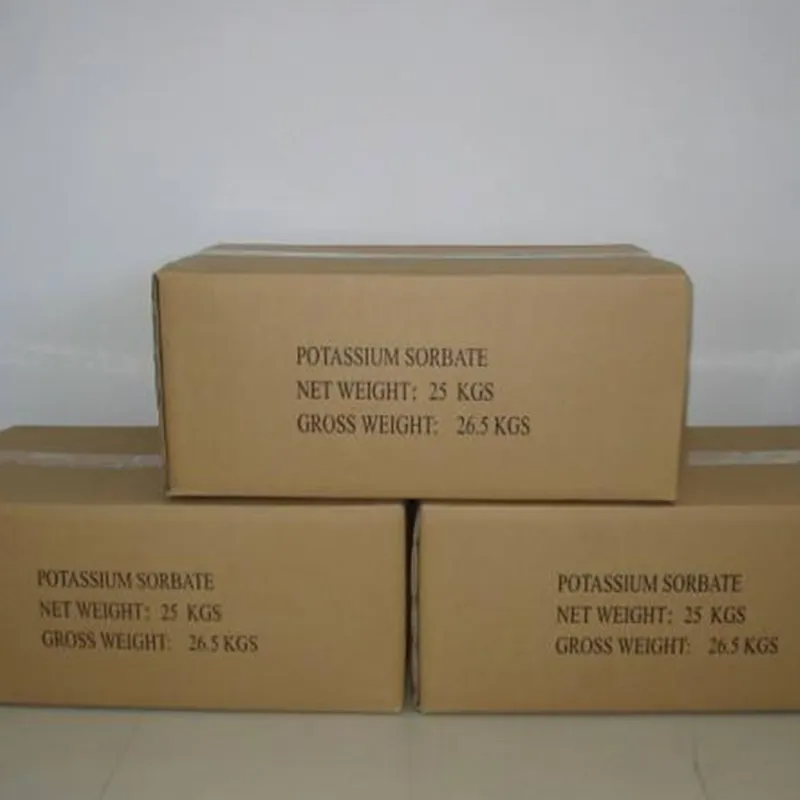
sulfur dioxide food additive
Understanding Sulfur Dioxide as a Food Additive
Sulfur dioxide (SO₂) is a colorless gas with a pungent, irritating smell that is widely used in the food industry as a preservative and antioxidant. Its application in food processing and preservation has a long history dating back centuries, where it was primarily utilized to prevent spoilage and maintain the freshness of various products. As a food additive, sulfur dioxide is often labeled with the E number E220.
The Role of Sulfur Dioxide
One of the primary functions of sulfur dioxide in food preservation is its ability to inhibit the growth of bacteria, molds, and yeast. This makes it particularly valuable in preventing food spoilage. It is commonly used in dried fruits, wines, and some processed vegetables. For instance, dried apricots and raisins are often treated with sulfur dioxide to preserve their color, flavor, and nutritional value. When these fruits are exposed to air, they tend to oxidize, turning brown and losing their appealing appearance. The addition of sulfur dioxide helps retain their vibrant color and tase, making them more marketable.
In wines, sulfur dioxide plays a dual role—not only does it prevent oxidation, which can lead to spoilage, but it also protects against the proliferation of unwanted microorganisms. Winemakers often add sulfur dioxide at various stages of the winemaking process to ensure the stability and consistency of the final product.
Health Considerations
sulfur dioxide food additive

While sulfur dioxide is generally recognized as safe (GRAS) when used appropriately, it is important to acknowledge potential health concerns. Some individuals may be sensitive or even allergic to sulfites, which are compounds that release sulfur dioxide. These sensitivities can lead to asthma-like symptoms, including difficulty breathing, hives, and digestive issues. As a result, many countries have regulations in place requiring food producers to label products that contain sulfur dioxide and other sulfites, particularly in concentrations exceeding 10 parts per million (ppm).
The presence of these warnings on food labels is essential for consumers who may be affected, allowing them to make informed choices about their food intake. Despite these concerns, for the majority of the population, sulfur dioxide poses minimal risk and remains a useful tool for food preservation.
Regulatory Framework
The use of sulfur dioxide in food products is regulated by health authorities in various countries. In the United States, the Food and Drug Administration (FDA) oversees its use, while the European Food Safety Authority (EFSA) regulates its application in the European Union. These agencies evaluate the safety of sulfur dioxide and determine acceptable levels for its use in various food products, ensuring that consumer safety is a top priority.
Conclusion
In conclusion, sulfur dioxide serves as an effective food additive, playing a critical role in the preservation and enhancement of food products. Its ability to prevent spoilage and extend shelf life is invaluable for both manufacturers and consumers in today's fast-paced food industry. However, the potential health risks associated with sulfur dioxide necessitate careful regulation and labeling to protect sensitive individuals. As food safety continues to be a priority among consumers and regulatory bodies alike, the role of sulfur dioxide remains significant, balancing food preservation with health considerations. Understanding its uses, benefits, and risks can empower consumers to make better dietary choices, contributing to an overall healthier lifestyle.
-
Comprehensive Guide to Acetic Acid as Preservative: Benefits, Uses & Future TrendsNewsNov.24,2025
-
What Is a Food Additive? Global Insights, Applications & Future TrendsNewsNov.24,2025
-
968 Sweetener: The Modern Solution for Health-Conscious SweeteningNewsNov.23,2025
-
Discover the Benefits and Uses of 965 Sweetener (Erythritol) | Tenger ChemicalNewsNov.23,2025
-
961 Sweetener - A Next-Gen Sugar Alternative for Health and IndustryNewsNov.23,2025
-
Understanding 960 Sweetener: The Modern Sugar Alternative for Health and IndustryNewsNov.22,2025
-
Everything You Need to Know About 955 950 Sweeteners – Benefits, Uses, and TrendsNewsNov.22,2025
Hebei Tenger Chemical Technology Co., Ltd. focuses on the chemical industry and is committed to the export service of chemical raw materials.
-

view more DiethanolisopropanolamineIn the ever-growing field of chemical solutions, diethanolisopropanolamine (DEIPA) stands out as a versatile and important compound. Due to its unique chemical structure and properties, DEIPA is of interest to various industries including construction, personal care, and agriculture. -

view more TriisopropanolamineTriisopropanolamine (TIPA) alkanol amine substance, is a kind of alcohol amine compound with amino and alcohol hydroxyl, and because of its molecules contains both amino and hydroxyl. -

view more Tetramethyl Thiuram DisulfideTetramethyl thiuram disulfide, also known as TMTD, is a white to light-yellow powder with a distinct sulfur-like odor. It is soluble in organic solvents such as benzene, acetone, and ethyl acetate, making it highly versatile for use in different formulations. TMTD is known for its excellent vulcanization acceleration properties, which makes it a key ingredient in the production of rubber products. Additionally, it acts as an effective fungicide and bactericide, making it valuable in agricultural applications. Its high purity and stability ensure consistent performance, making it a preferred choice for manufacturers across various industries.





